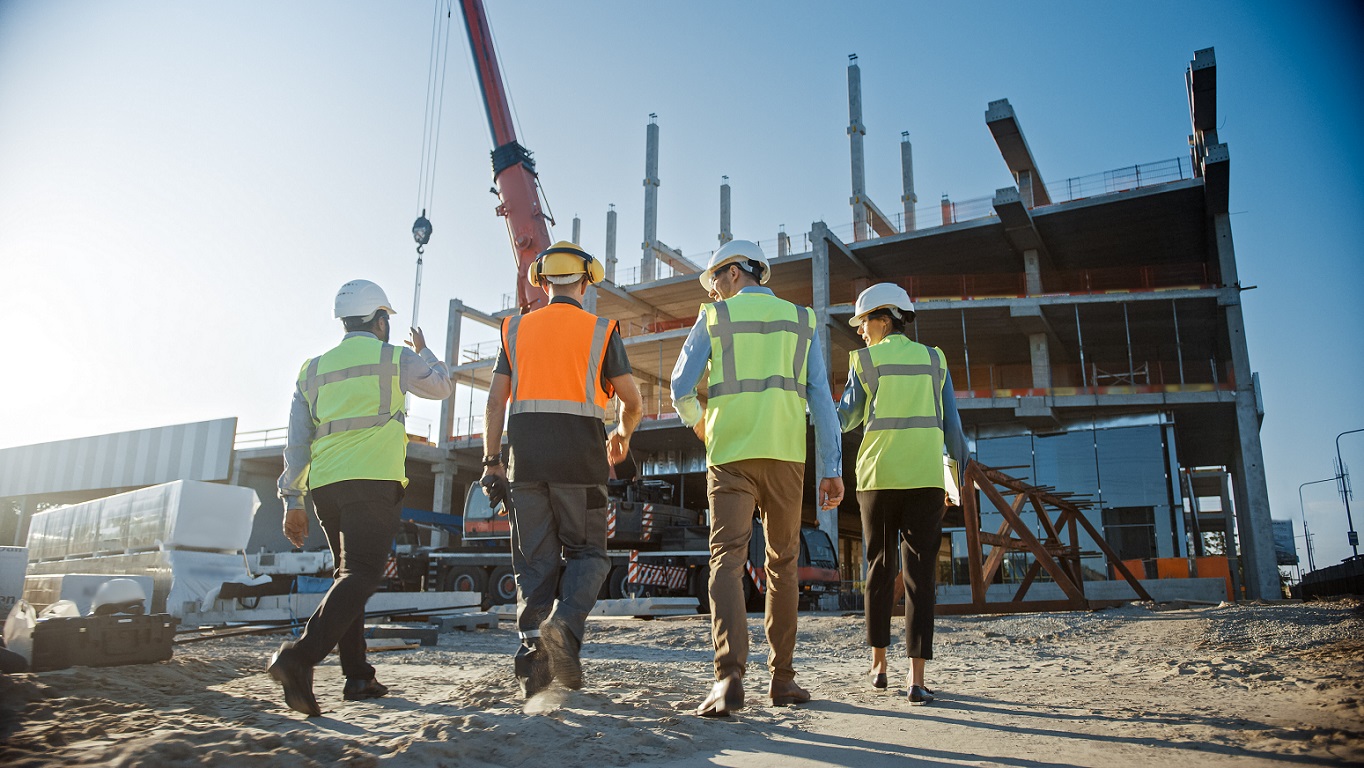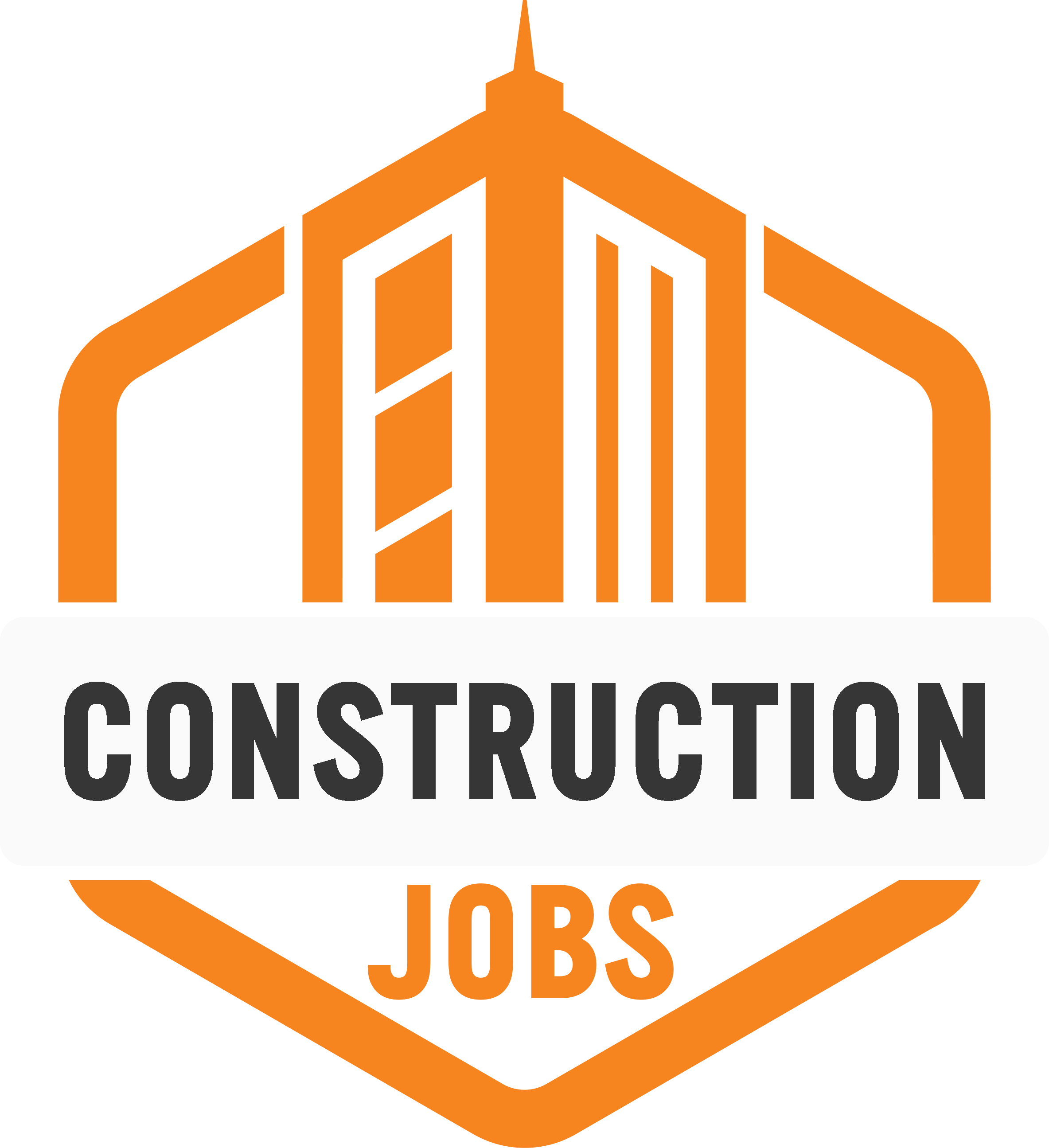8 Common Construction Site Hazards That Are Preventable
Common construction hazards: hearing loss, falls, head injuries, limb loss, burns, electrocution, machinery mishaps, infectious diseases.

Construction work entails a strong possibility of injury. An average of 15 workers die every day, often from preventable accidents. Others suffer permanent, disabling injuries. What should site supervisors and crew members know to protect their safety?
Fortunately, OSHA keeps records of the most frequently occurring injuries to provide data on how to safeguard workers against future harm. Here are eight common construction site hazards that are preventable.
1. Hearing Loss
You probably don’t realize how much you rely on your sense of hearing — until your spouse complains that you never respond when they speak. Deafness can potentially end your career as you grow increasingly unable to understand instructions or quickly react to job site dangers. Furthermore, it can increase your risk of Alzheimer’s disease as you withdraw from human interaction and get less out of everyday activities like watching TV.
According to the Centers for Disease Control and Prevention, prolonged exposure to sounds over 70 decibels can cause hearing loss, but tools like jackhammers often produce more than 100. Crews need a combination approach of soundproofing materials for noisy areas and personal protective equipment like earplugs. Supervisors should ensure their workplaces employ these strategies and that all workers have properly functioning PPE.
2. Falls
The failure to provide adequate fall protection is the most frequently cited reason OSHA gives for construction site hazards. This category regards details such as proper ladder and scaffolding placement, safety harness use and equipment testing. Additionally, it covers worksite dangers like spills, improperly placed equipment and icy conditions that can result in slip-and-fall accidents.
OSHA rules require crews to secure scaffolds with a greater than 4:1 height-to-base ratio by tying or bracing them to prevent them from tipping over. Suspended platforms more than 10 feet off the ground require guardrails and a personal fall-prevention system. Crew chiefs should train employees on the proper use of both types of equipment.
Ladders should have three points of contact. Each employee must have at least one hand on the device at all times. Crews should provide adequate space on either side of the ladder and place it at the right distance from the supporting structure.
Additionally, crews must clean up all spills and erect signage to prevent employees and visitors from slipping on wet surfaces. They should keep all areas reasonably clear of tools and debris, completing a thorough cleanup each evening to avoid tripping.
3. Head Injuries
Head injuries are a common construction site hazard that is reasonably simple to prevent. However, failing to do so can be devastating to the individual harmed. Although brain scans can hint at injury extent, it can take months, even years, to understand how damage impacts a specific person and their ability to maintain a normal working life. During that time, they may undergo severe economic and personal hardship.
Fortunately, you can prevent most construction site head injuries by ensuring all staff and visitors wear a properly fitted hard hat. Crews should keep several additional helmets for inspectors and media members who visit the site to report on progress.
Hard hats come in two types and three classes:
- Type I: This style has a rim all around the hat to protect workers from dropped overhead objects.
- Type 2: This version has only a short brim in front and stops lateral blows. It’s the most common type found on sites.
The three classes include:
- Class E: Can withstand up to 20,000 volts of electricity
- Class G: Can withstand up to 2,200 volts of electricity
- Class C: Provides no electric shock protection
4. Loss of Limbs
Every year, scores of construction workers lose fingers or even limbs. Such injuries often occur when equipment malfunctions or a staff member becomes entangled in a moving part. Additionally, a dropped power tool from above can maim an employee below.
Crews can protect worker safety by inspecting all equipment at recommended intervals. Additionally, they should require operator training before allowing workers to maneuver heavy equipment like bulldozers and backhoes. Although OSHA does not offer heavy equipment certification, it imposes a duty on employers to educate staff.
Furthermore, supervisors should inspect all safety equipment, ensuring each crew member has sufficient PPE. They should immediately retire any power tools with missing or malfunctioning guards until technicians return them to full functionality. They should prohibit any measures that interfere with safe machine operation, even if individual workers intend these “shortcuts” to save time.
5. Burns
Burns can come from various sources on a construction site. The first is the sun — crews laboring outdoors without suitable protection can suffer third-degree burns from excessive exposure. All workers should wear long sleeves and pants, covering as much of their skin as possible, adding a cloth to cover the back of their neck beneath their hat.
Burns also stem from spilled chemicals. Crew chiefs should regularly inventory hazardous chemicals and ensure they remain stored in sealed containers far from work areas where they pose tripping dangers. They should also ensure they don’t leave such bottles in the sun — some chemicals can explode and cause toxic fumes when exposed to heat.
Thermal burns are common among roofers and road construction crews who work with hot tar. They can also occur from metal tools left in the sun, so you should provide adequate shade over storage areas.
6. Electrocution
Electrocution poses a severe construction site hazard, killing roughly 143 workers annually. The most serious risks occur when working with exposed wires without proper safety techniques.
For example, crews must establish proper lockout/tagout and de-energizing procedures to prevent other workers from accidentally contacting wires, control panels, junction boxes and transformers. Overhead and underground lines pose the greatest risk.
Staff members must also keep vehicles away from trench areas and post signage. Otherwise, a wayward truck could knock someone into a ditch — and a nest of exposed wires. Ladders and extension trucks most often come into contact with overhead lines.
7. Machinery Mishaps
Malfunctioning machinery poses another common construction site hazard. Supervisors should direct crews to retire all misfiring tools until they can be repaired and tested.
Additionally, injury often occurs when workers fail to wear proper PPE. All employees must wear adequate ear and eye protection when operating power tools. Surprisingly, drills and nail guns cause a shocking number of injuries — so provide training on the correct way to handle such devices to avoid shooting a nail through a limb.
8. Infectious Disease
COVID-19 pandemic and other infectious diseases still pose considerable risks. Indeed, officials have noticed other viruses like the flu acting rather wonky lately, perhaps strengthened by the stricter hygiene methods that were imposed.
Your best bet is to provide crew members with the necessary items to protect themselves. Adequate hand-washing stations are a must at your construction site so workers can clean themselves before eating lunch. Set up sanitizing stations so employees can quickly scrub their hands on the fly. Companywide mask mandates will likely meet resistance — but you can provide disposable ones for staff and visitors that so choose.
Prevent These Common Construction Site Hazards
Scores of construction workers face life-shattering injuries every year. Supervisors and crews could have prevented many of them with adequate foresight.
Take the steps above to reduce your risk of these common construction site hazards. There’s no better way to safeguard your human infrastructure than protecting the life and safety of your crew.
Author: Rose Morrison is a freelance writer in the construction industry and the managing editor of Renovated.
- Share This →

